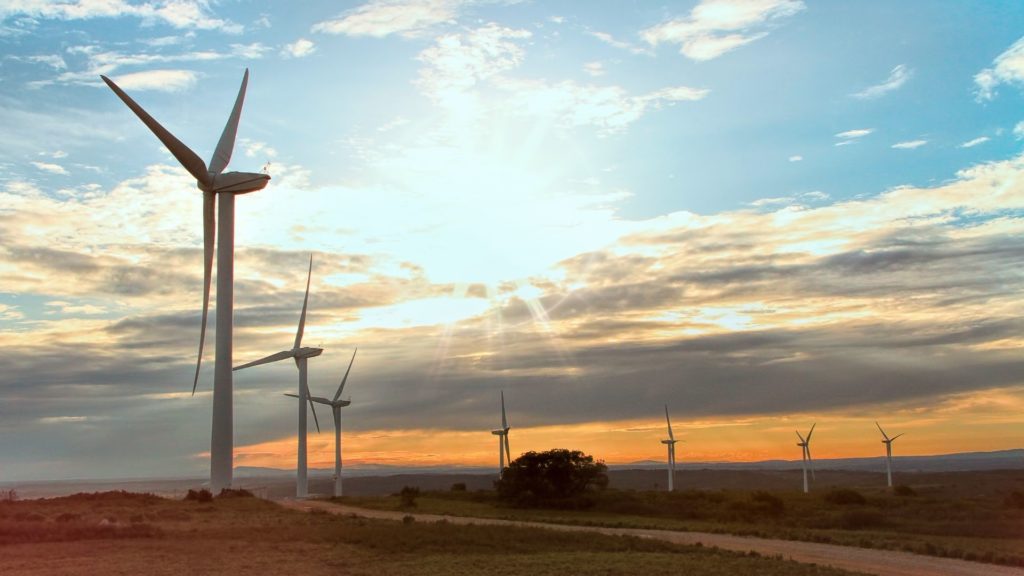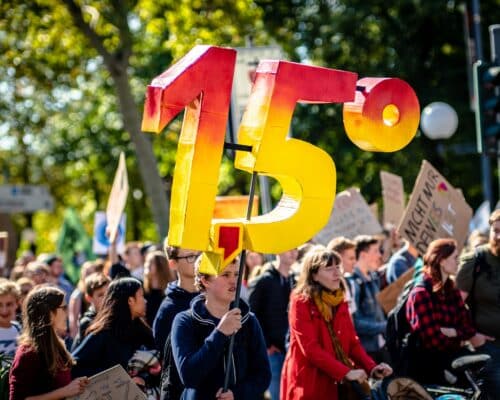South Australia’s Renewable Energy Revolution
30 May 2022 – by Dhra Dhirakaosal-Naglis Comments (0)
South Australia has outshone the rest of Australia when it comes to transitioning its energy system to renewable energy. Less than 20 years ago, the state, home to more than 1.77 million people, relied solely on fossil fuels. Today, South Australia is at the forefront of the green energy revolution.
South Australia has attained a miraculous achievement, especially for a state that sits at the end of a long grid with limited connections to other markets.
How Much of South Australia’s Energy Is Renewable?
In 2002, the government of South Australia set a goal to generate 26% of the state’s energy from renewable energy sources, such as solar power and wind power, by 2020. It surpassed the goal within the deadline, supplying 60% of South Australia’s electricity via renewables. Credit goes to rooftop solar systems and wind farms.
In 2021, the South Australian state set a record for powering all of South Australia with 100% renewables for almost one week. The unprecedented run was fuelled by the state’s large-scale solar farms and wind farms –– its main clean energy sources.
The Road to Renewables – Solar Power and Wind Power
Known for being a dry state, South Australia’s environment is susceptible to climate change. Abundant sunlight and strong winds cover the state. However, they were only part of the equation. Despite each party’s differences, impressive bipartisan support within the state government highlighted a commitment to see the transition through. Supportive state policies, such as government supply contracts for clean energy projects and solar feed-in tariffs, also played a role.
Additionally, South Australia benefitted from the introduction of the Renewable Energy Target (RET) in 2001 and the Renewable Energy Certification scheme by the federal government. It created financial incentives for both large-scale and small-scale players who invested in and generated clean energy. An Institute for Energy Economics and Financial Analysis (IEEFA) report says, “Many early projects incentivised by [RET] were installed in South Australia as the market was attractive to investors and developers.”
The location of the state’s existing transmission infrastructure, which is near some of the best renewable sources, also made the state favourable for wind energy investments.
In 2016, the last coal-fired power station in the state was shut down. The state government remedied the loss of jobs by providing an AUD 6 million grant for the development of a solar-powered greenhouse, creating jobs for over 200 people.

A Path With Obstacles
However, the road to renewables was not without hurdles. The situation in South Australia’s privatised energy market made things especially difficult, with profits keeping electricity generators afloat. Widespread opposition poured in from key players in the fossil fuel industry, vested interests and the federal government.
Australia’s stance on renewable energy has been a huge debacle for the various federal administrations. It has paralysed the country’s climate policy for over a decade. At the same time, the mining sector is notorious for being able to influence Australian politics.
Power Outages in South Australia
Anytime South Australia suffered a widespread blackout, renewable energy faced the brunt of the blame. The causes of the power outages were multifactorial, some of which included transmission line issues and natural disasters.
Former Prime Minister Scott Morrison, the then federal treasurer, stated while holding a lump of coal in parliament that South Australia’s renewable efforts were “switching off jobs, switching off lights and switching off air conditioners and forcing Australian families to boil in the dark as a result of their Dark Ages policies.”
According to the Climate Change Performance Index 2022, which assessed 60 countries on their climate policy responses, Australia ranked last. It states, “The country’s lack of domestic ambition and action has made its way to the international stage.”
South Australia’s Renewable Energy Target for 2030 and Australian Energy Market Operator
Despite the odds, South Australia’s transition is unstoppable. The state aims to establish itself as a 100% renewable-powered state by 2030. The Australian Energy Market Operator (AEMO), which manages the country’s gas and electricity market operations, believes that goal could be accomplished by as early as 2025, a feat that may be made possible by one of the world’s largest battery storage facilities. Many other projects like this one are already in the pipeline.
By 2050, the South Australian government plans to reach 500% renewables. It plans to export renewable energy, green hydrogen and other low emissions products locally and abroad.
South Australia – A Renewable Powerhouse, A Role Model
South Australia is well on its way to cementing its position as a global renewable powerhouse. Its remarkable renewable energy transition serves as a role model for Australia and other countries. It confirms that transition to renewables and achieving net-zero emissions is possible without fossil fuels and in short time frames. However, this can only be possible if collaborative efforts, appropriate legislative processes, good public policies, attractive investment incentives and supportive infrastructure are in place.




